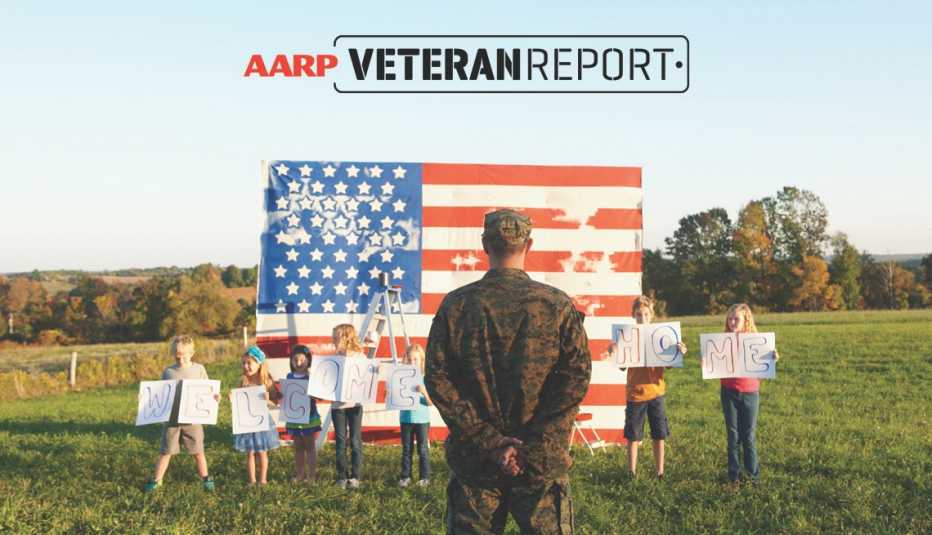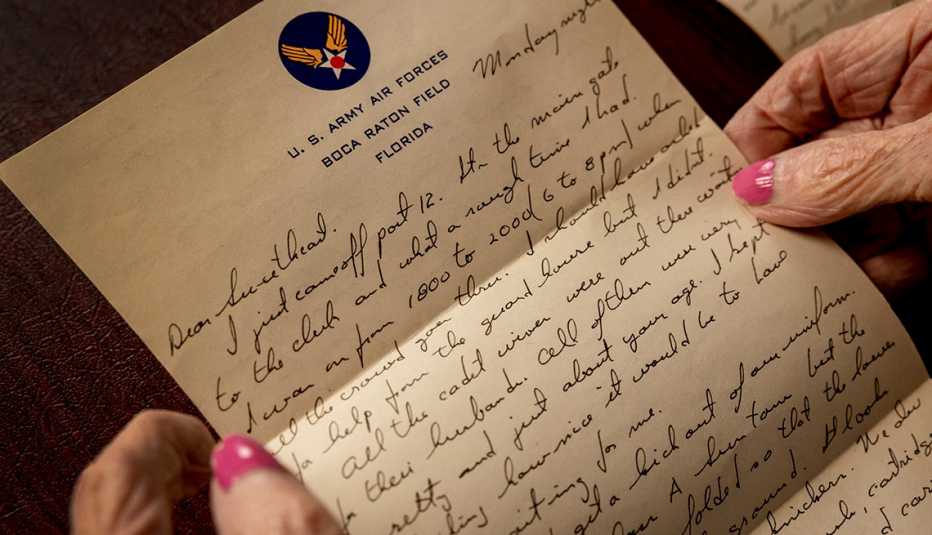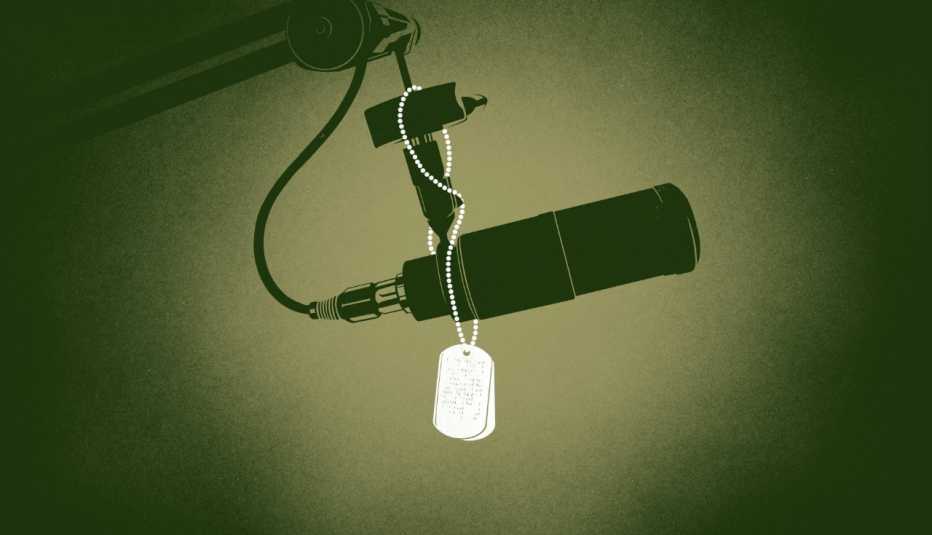Staying Fit


You can subscribe here to AARP Veteran Report, a free e-newsletter published every two weeks. If you have feedback or a story idea then please contact us here.
Research indicates that half of all veterans exercise regularly and a third don’t exercise at all. But a majority of those non-exercisers would like to start a fitness program. That’s not surprising, since regular exercise has a wealth of benefits, from improved cardiovascular health to reduced risk of developing major diseases, including type 2 diabetes (veterans have double the risk of developing diabetes compared to the general population).
With so many exercise programs out there, it can be hard to navigate the offerings and decide which one is right for you. Here’s a look at some of the most well-known options that are widely available around the country, to help you find the best long-term match for achieving your personal fitness goals.
CrossFit
Todd Widman, a Marine infantry officer who is now the company’s seminar staff development manager, told AARP Veteran Report that CrossFit has a “rich history of veteran involvement.” In fact, some CrossFit workout series are named after fallen soldiers.
Though CrossFit has gained a reputation for tough workouts, Widman said the only person you are competing against is yourself, adding that “we understand veterans because we are veterans.”
CrossFit offers a variety of exercise programs including short and long as well as fast and slow workouts. Some combine cardio, gymnastics movements, and heavy and light weights.
Active-duty members can receive financial support toward certification and opening their own affiliate gym after transitioning out of the military.


AARP Membership— $12 for your first year when you sign up for Automatic Renewal
Get instant access to members-only products and hundreds of discounts, a free second membership, and a subscription to AARP the Magazine.
Stretch Lab
Veterans may find this program appealing, since it helps improve imbalances and range of motion, and decrease chronic pain. After all, as Bryan Crowe, a U.S. Navy veteran and owner of two Colorado StretchLab locations, told AARP Veteran Report, “veterans have put their bodies through a tremendous amount of stress from training, potential combat and active service. Veterans may also have past injuries that they have sustained during their service.”
Stretching can also reduce the risk of injury and help with performing everyday activities, in addition to more physical ones. Stretch Lab offers one-on-one 25- and 50-minute sessions, as well as group sessions, with a flexologist who guides you through stretches, sometimes providing a small amount of resistance.
Club Pilates
Pilates is a system of exercises, sometimes done on a reformer machine, designed to lengthen and strengthen muscles, increase mobility and improve mind-body connection through breath work and precise movements. Newcomers can expect nine types of classes offered at several different levels, which means that Club Pilates can accommodate a wide range of veterans of varying abilities.
“Veterans are very experienced in listening to orders, so the rigorous Pilates regimen will come naturally to them,” said Will Beale, a former U.S. Navy captain who now owns a Washington, D.C., Club Pilates gym.





































































